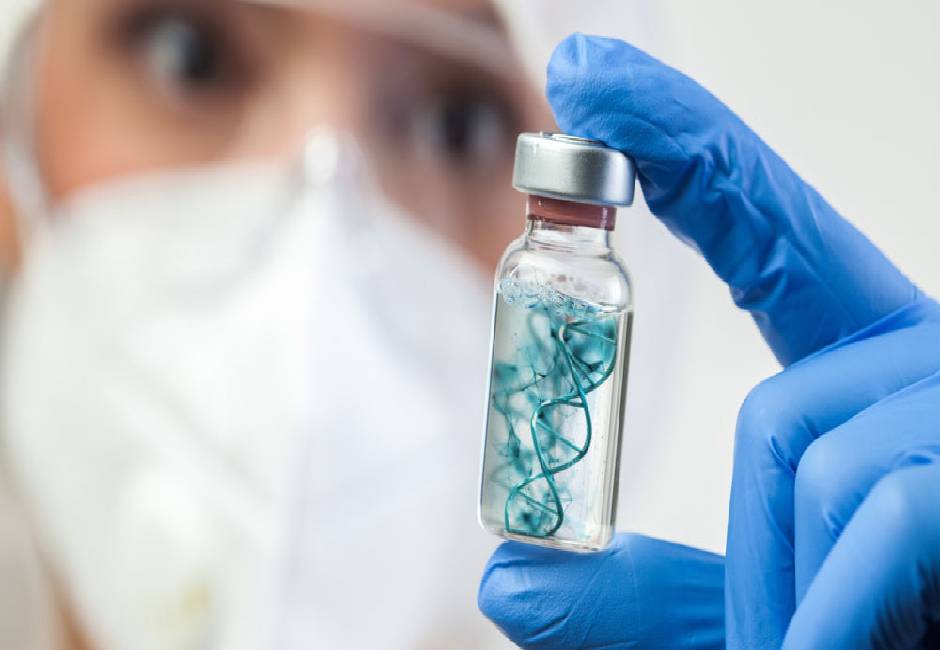February 21, 2021
By December 2020, the COVID-19 virus had infected more than 75 million people, with a death toll of more than 1.5 million and counting. This pandemic is challenging everyone and has pushed most countries to apply strict safety measures and lockdowns until efficient vaccines and drugs are discovered and made available to everyone.
Nanomedicine has shown great potential in designing drug delivery systems and biosensors to diagnose and treat several diseases. Therefore, exploring its potential for COVID-19 treatment and diagnosis is of great importance. The COVID-19 virus has a diameter of 60 – 140 nm, which is in the diameter range of many well-known organic and inorganic nanoparticles such as lipid nanoparticles, polymeric micelles and nanoparticles, graphene, quantum dots, and gold nanoparticles.
Conventional COVID-19 diagnosis methods are based on the detection of nucleic acid. Techniques such as polymerase chain reaction (PCR) have some limitations, including low sensitivity, high false-negatives, lack of specificity, and the length of time needed to get the results. Nanoparticles can offer solutions to some of these problems. Nanoparticles interact with the constituents of the virus in specific ways providing a clear and distinct response that can be easily and precisely detected using a variety of equipment. For instance, gold nanoparticles tend to aggregate when they target the N gene of the virus.
Nanoparticles are also advantageous for the design, delivery, and administration of COVID-19 vaccines. Nanoparticles have been used in H1N1, H1N2, and H5N1 vaccines. They can also be used as antiviral agents as they directly prevent receptor binding and cell entry of viruses, as well as viral internalization. For example, nanoparticles have shown therapeutic results against HIV, influenza, herpes virus, Zika virus, and transmissible gastroenteritis virus.
Nanomedicine has proven its value for the treatment of several diseases. However, it is important to highlight the toxicity of some nanoparticles, as unexpected biological properties can be created by slight changes in their size, shape, charge, and surface chemistry.
References:
• Vahedifard, F., Chakravarthy, K. (2021). Nanomedicine for COVID-19: The Role of Nanotechnology in the Treatment and Diagnosis of COVID-19. Emergent Materials, Springer: Published: 13 Feb 2021. https://doi.org/10.1007/s42247-021-00168-8
Dr. Hatem Abushammala, Assistant Professor
Environmental Health and Safety Program
College of Health Sciences
Abu Dhabi University

